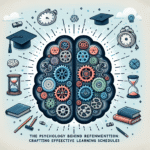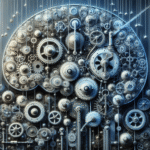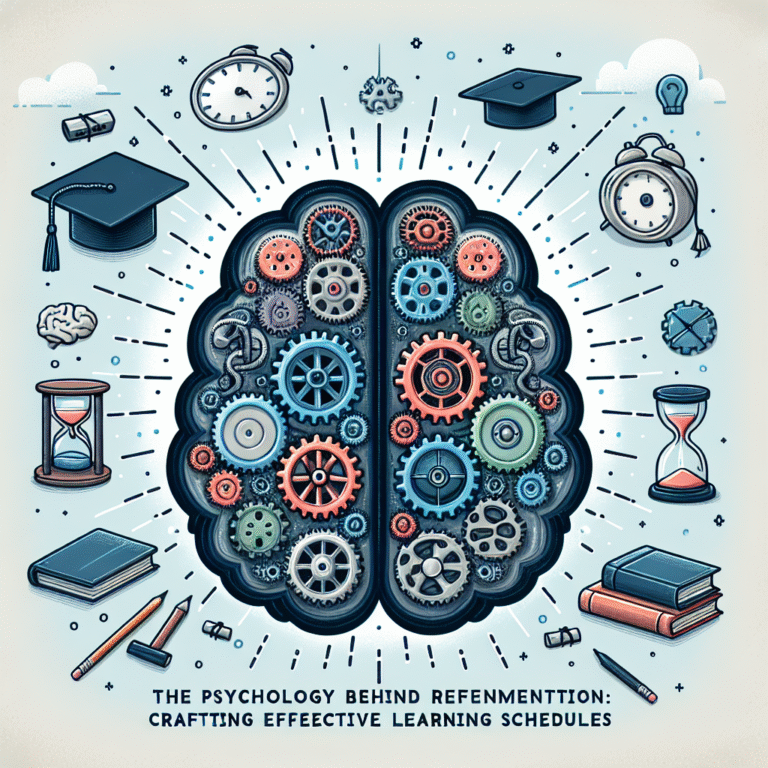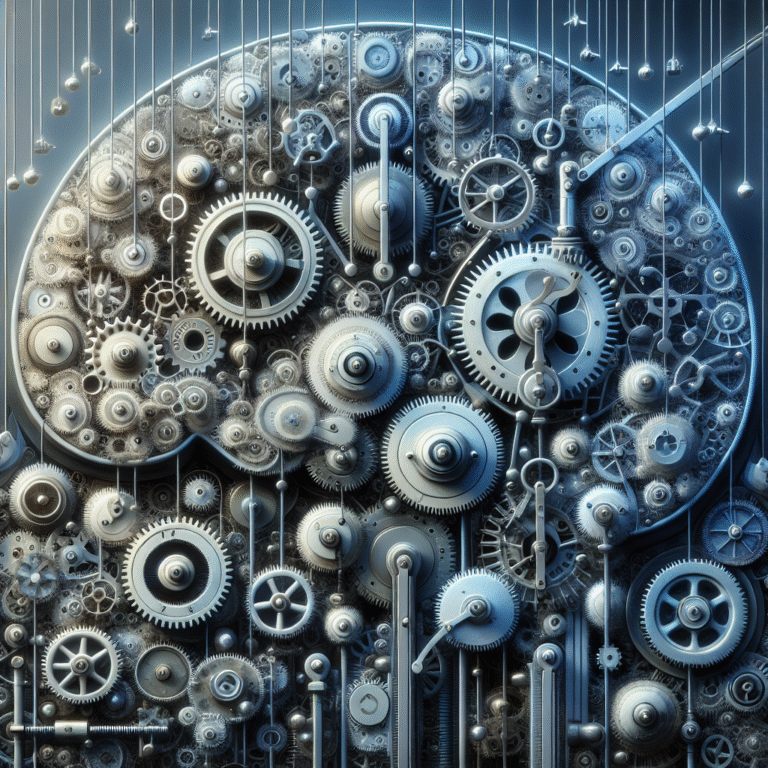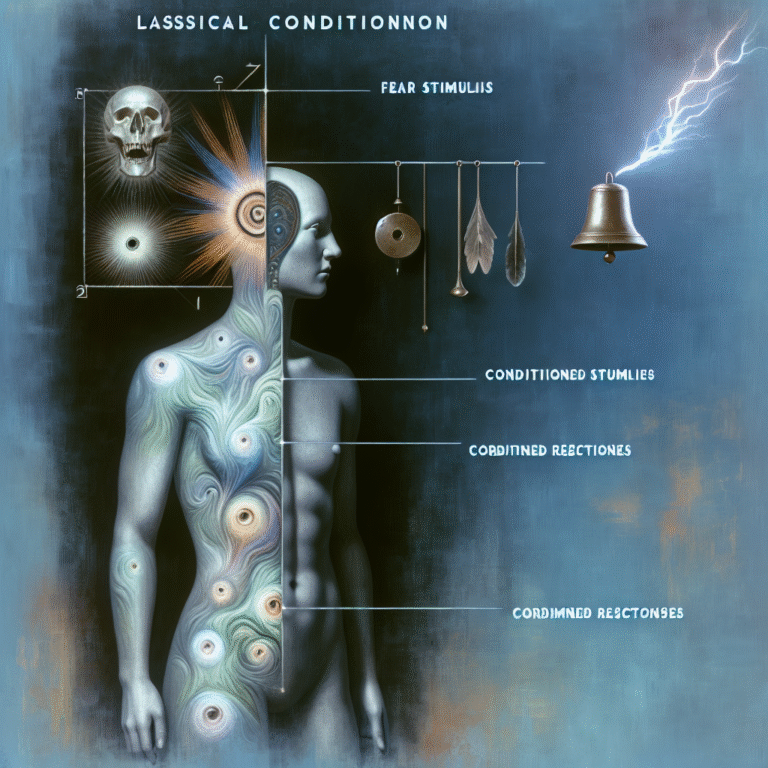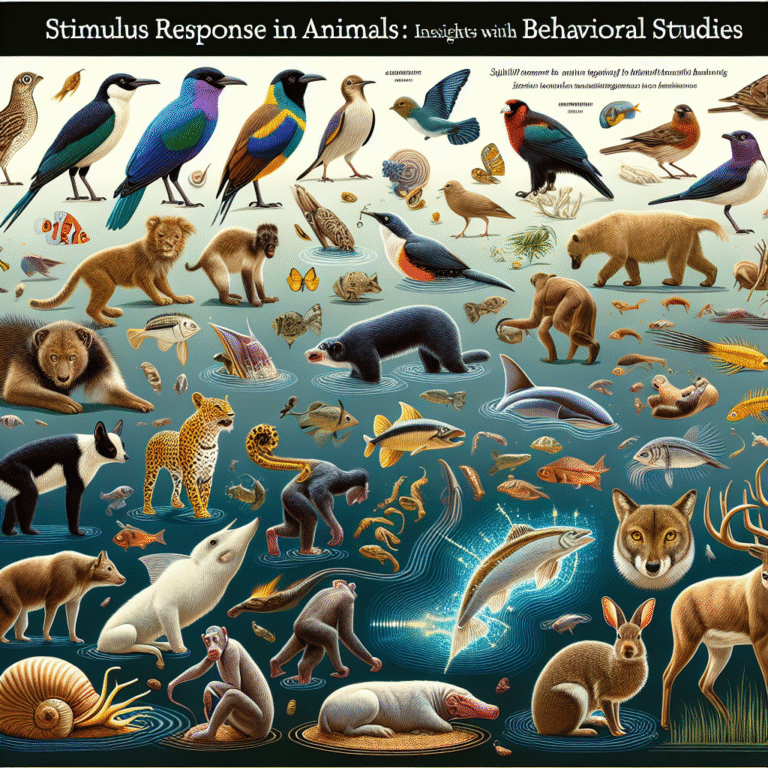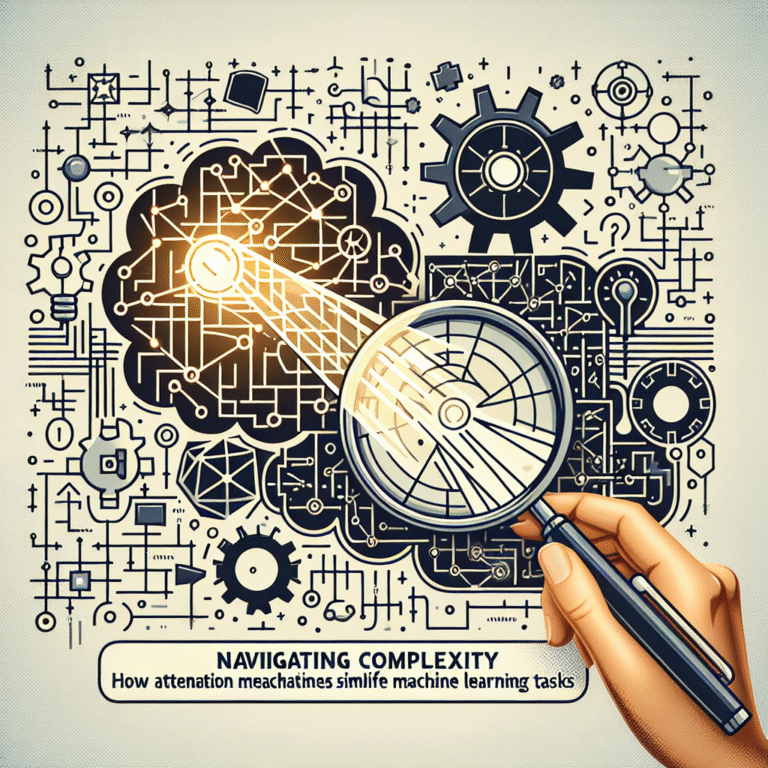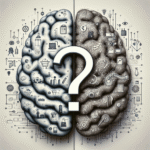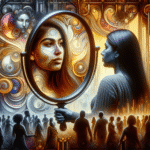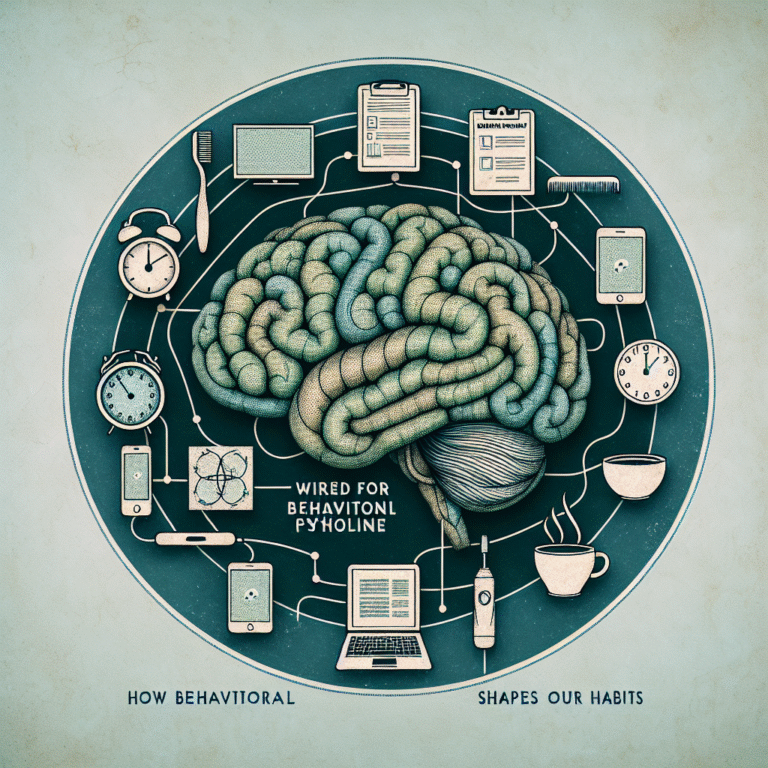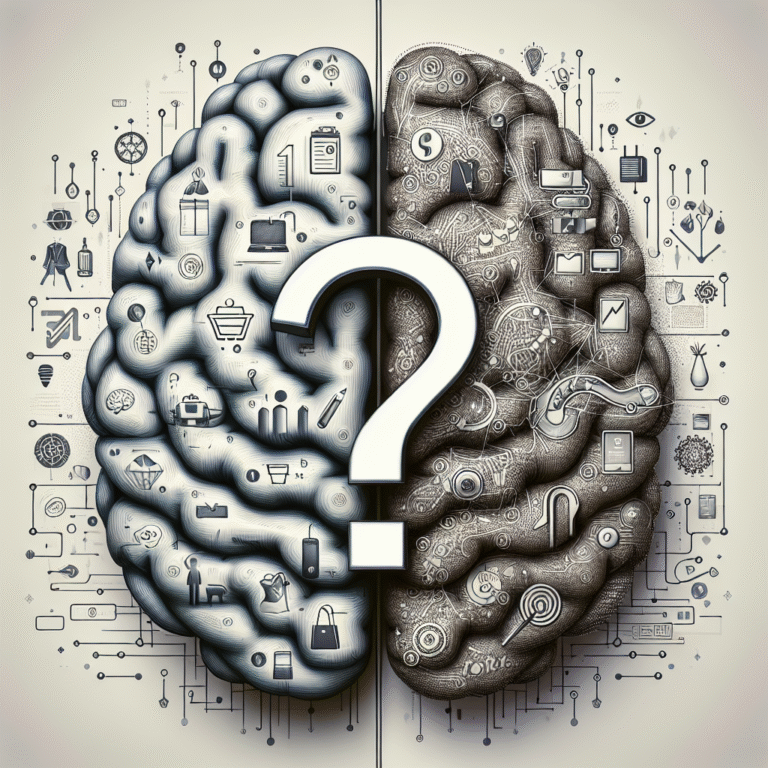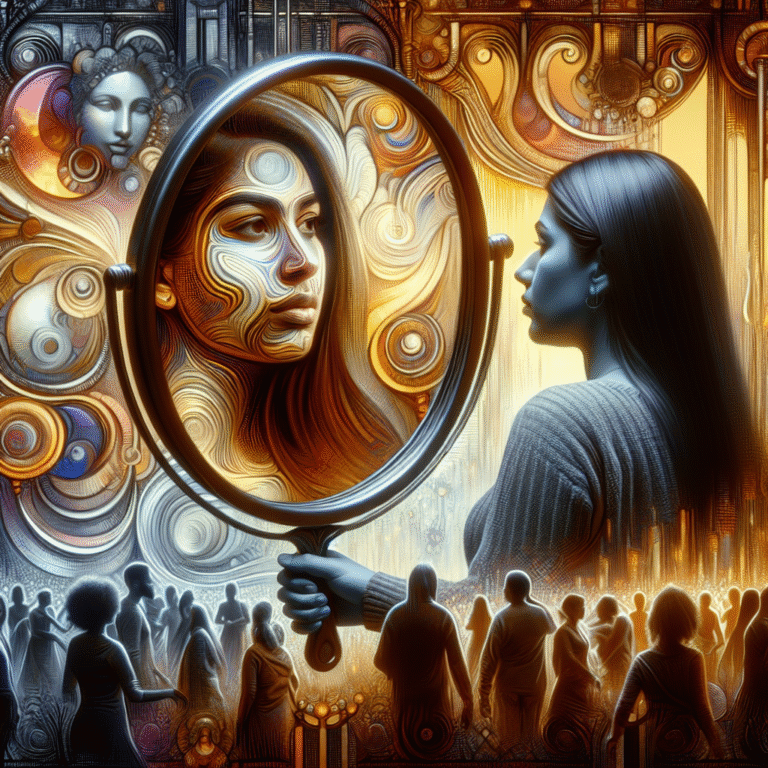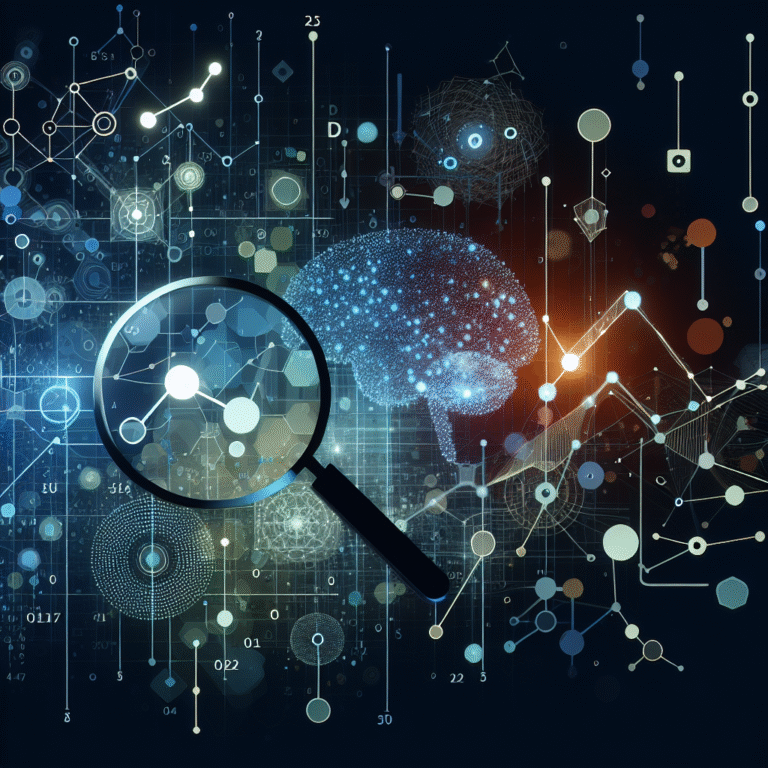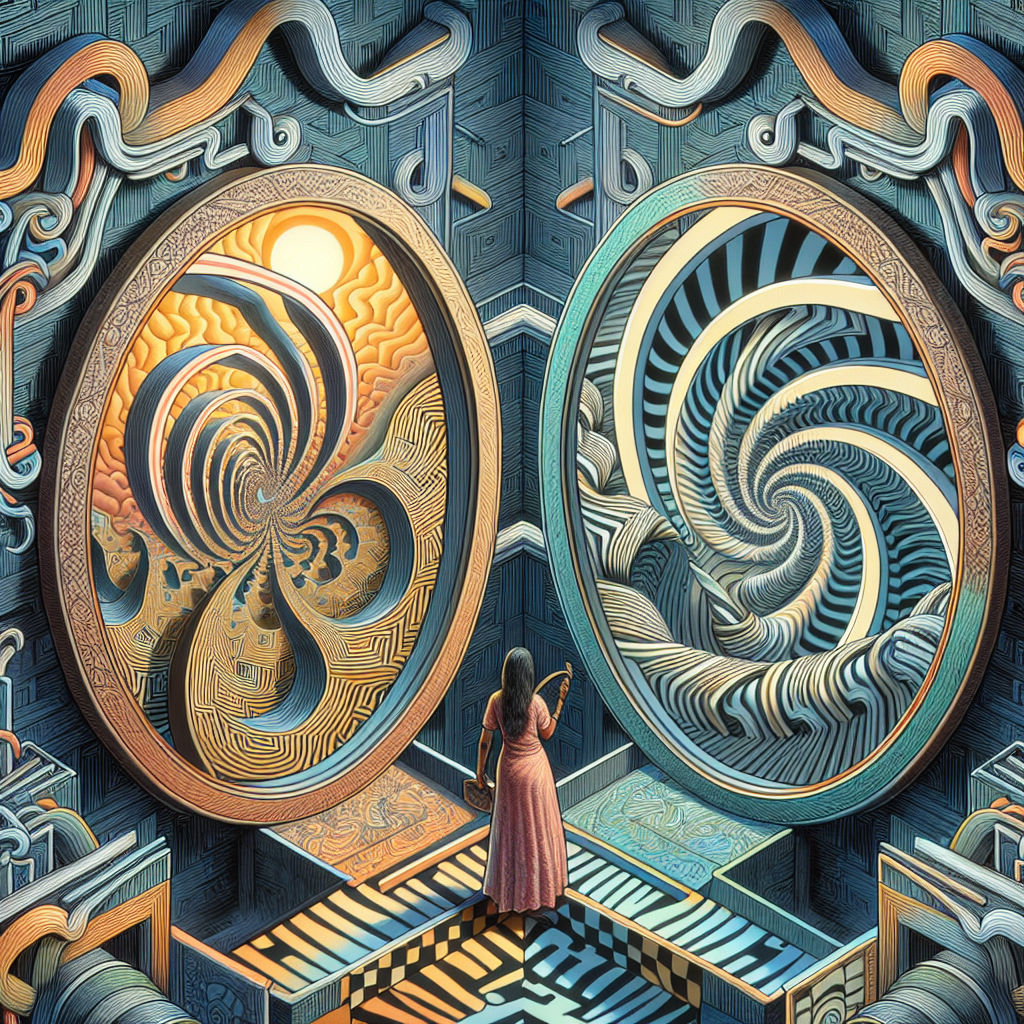
Introduction
Have you ever stared at an image and suddenly felt like it’s playing tricks on your mind? The phenomenon of seeing double—where two images seem to merge into one—isn’t just a byproduct of a tired eye; it’s a fascinating exploration of our perceptual system. In "Seeing Double: The Psychology Behind Perceptual Illusions," we dive deep into the cognitive and perceptual processes that shape how we experience the world. Understanding these illusions not only enhances our appreciation for visual art but also sheds light on the complexities of human perception.
Our perception is continuously challenged by the intricate interplay of light, color, and context. Through the lens of psychology, we can understand why our brains occasionally misinterpret visual stimuli, leading us to see not just one image, but two or more. Let’s embark on a journey to unveil the deeper layers of “Seeing Double: The Psychology Behind Perceptual Illusions.”
The Science of Perception
What Are Perceptual Illusions?
Perceptual illusions are discrepancies between reality and our perception of it. They reveal the brain’s incredible ability to interpret sensory information, sometimes leading us astray. When discussing "Seeing Double: The Psychology Behind Perceptual Illusions," it’s vital to understand how our brains process sight:
- Sensory Input: Light enters our eyes, where it hits the retina.
- Neural Encoding: The retinal cells encode visual information and relay it to the brain.
- Interpretation: The brain interprets the signals, often filling in gaps or making inferences based on previous experiences.
Case Study: The Müller-Lyer Illusion
One of the classic examples of perceptual illusion is the Müller-Lyer illusion, in which two lines of equal length appear different due to the arrow-like ends. This visual trickery illustrates the brain’s reliance on geometric cues and context, supporting the broader theme of "Seeing Double: The Psychology Behind Perceptual Illusions."
| Line Type | Perceived Length | Actual Length |
|---|---|---|
| Line with Arrows | Longer | Equal |
| Line with Fins | Shorter | Equal |
Why Do We Experience Perceptual Illusions?
Perceptual illusions occur due to the brain’s attempt to organize and make sense of complex visual information. Factors contributing to this phenomenon include:
- Context and Surroundings: The settings around an object can alter how we perceive it. For example, an isolated object against a busy background may appear distorted.
- Expectations and Prior Knowledge: Our past experiences and knowledge influence how we interpret stimuli, often leading to misjudgments.
The Role of Attention in Perception
Focus and Awareness: What You See is Not Always What You Get
In the realm of "Seeing Double: The Psychology Behind Perceptual Illusions," attention plays a crucial role. Our brains can only process a limited amount of information at once. This selective attention means that we may miss out on certain aspects of what we’re observing, leading to misconceptions.
Case Study: The Invisible Gorilla Experiment
Psychologists Daniel Simons and Christopher Chabris conducted an experiment demonstrating this phenomenon. In their video, participants are asked to count the number of basketball passes. Halfway through, a person in a gorilla suit walks through the scene. Surprisingly, many participants fail to notice the gorilla. This study underscores the importance of selective attention and how it can lead to perceptual gaps.
Cognitive Dissonance and Perceptual Errors
The Conflicting Signals of Our Senses
Cognitive dissonance occurs when there is a conflict between what we see and what we know. In "Seeing Double: The Psychology Behind Perceptual Illusions," this concept is pivotal in understanding why we sometimes question our perceptions.
Case Study: The Checker Shadow Illusion
This famous illusion, introduced by Edward Adelson, features a checkerboard pattern with a shadow cast over part of it. Despite two squares being the same shade, the one in shadow appears darker. Our brain reasons that the shadow affects color, creating dissonance between perception and reality.
| Square Name | Perceived Color | Actual Color |
|---|---|---|
| Square A (Light) | Darker | Same Shade |
| Square B (Shadow) | Lighter | Same Shade |
Perceptual Biases and Errors
Understanding cognitive biases is essential to exploring "Seeing Double: The Psychology Behind Perceptual Illusions." Our judgments can often be swayed by irrelevant information, shaping our interpretations of what we see.
- Confirmation Bias: We tend to favor information that confirms our existing beliefs, which can distort our perceptions.
- Priming Effects: Exposure to one stimulus can influence our response to another, potentially leading to misinterpretations.
The Impact of Culture on Perception
Cultural Differences in Visual Interpretation
Perceptions of visual stimuli may vary significantly across cultures. “Seeing Double: The Psychology Behind Perceptual Illusions” extends to encompass cultural biases in perception.
Case Study: The Eastern vs. Western View
Research shows that individuals from Eastern cultures (collectivist societies) are more likely to see the holistic context of images, while individuals from Western cultures (individualist societies) focus more on distinct objects. For instance, a group of participants may view an image of a fish swimming among various water plants differently based on their cultural backgrounds.
The Role of Language
Language can shape perception in profound ways. The vocabulary used to describe color, spatial relationships, and emotions may influence how we interpret visual stimuli, further enriching "Seeing Double: The Psychology Behind Perceptual Illusions."
| Language | Color Perception |
|---|---|
| English | Distinct color categories |
| Russian | Different words for light/dark blue |
Artistic Representations of Illusion
The Interplay of Art and Perception
Artists have long played with visual perception to create compelling works that challenge our understanding. “Seeing Double: The Psychology Behind Perceptual Illusions” can be explored through the lens of art.
Case Study: Escher’s Works
M.C. Escher, known for his impossible constructions and optical illusions, leverages perceptual principles to make viewers question reality. In works like "Relativity," different gravitational orientations create a visually perplexing scene where perception can shift, allowing us to see "double" meanings.
The Psychological Impact of Art
Engaging with illusions in art can evoke a range of emotions and responses. The experience is not just visual; it taps into deeper psychological processes, fostering critical thinking and reflection.
Harnessing Illusions for Positive Applications
Therapy and Therapeutic Illusions
Illusions aren’t just fascinating academic subjects; they have practical applications. “Seeing Double: The Psychology Behind Perceptual Illusions” can aid in therapeutic settings. Visual illusions can be used in cognitive behavioral therapy to help clients confront perceptual biases and distortions.
Training and Skill Improvement
Professionals in various fields, such as sports and surgery, utilize the principles of perception to enhance focus and accuracy. Training programs often incorporate visual illusions to improve attention to detail and spatial awareness.
Conclusion
As we’ve explored "Seeing Double: The Psychology Behind Perceptual Illusions," we’re reminded of the complexities of our perception. From cognitive biases to cultural influences, understanding the psychology behind these illusions invites us to appreciate the intricate workings of our minds. By embracing the lessons learned from these anomalies, we can cultivate critical thinking, enhance our creativity, and enrich our experiences in both art and everyday life.
When you encounter a visual illusion next time, take a moment to reflect on the underlying processes and the role of context, attention, and past experiences. Appreciate the beauty and complexity that come with seeing double.
FAQs
1. What are perceptual illusions?
Perceptual illusions are misinterpretations of visual stimuli, where what we see differs from reality due to how our brains process information.
2. How do attention and perception relate?
Attention influences perception by narrowing focus, which can lead to missing details and cause perceptual errors, as seen in various illusion studies.
3. Can cultural factors affect how we perceive visual stimuli?
Yes, cultural differences play a significant role in visual interpretation, as varying backgrounds can influence how images are understood.
4. How are perceptual illusions used in therapy?
Therapists employ visual illusions to help clients confront and work through cognitive distortions, improving self-awareness and critical thinking.
5. Why do some optical illusions occur?
Optical illusions happen when the brain fills in gaps based on context, past experiences, and expectations, leading to misinterpretation of visual signals.
This article incorporates engaging insights and explores the psychology of visual perception, ideally positioning itself to resonate with readers while enhancing SEO. Sharing the complexities of human perception can deepen understanding, and inspire curiosity, making the topic both informative and enjoyable.
